Hashim Abu-gellban
Google Trends Analysis of COVID-19
Nov 07, 2020

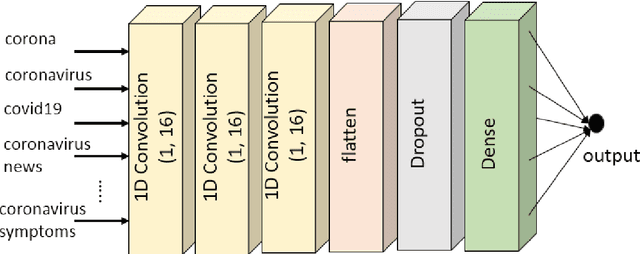

Abstract:The World Health Organization (WHO) announced that COVID-19 was a pandemic disease on the 11th of March as there were 118K cases in several countries and territories. Numerous researchers worked on forecasting the number of confirmed cases since anticipating the growth of the cases helps governments adopting knotty decisions to ease the lockdowns orders for their countries. These orders help several people who have lost their jobs and support gravely impacted businesses. Our research aims to investigate the relation between Google search trends and the spreading of the novel coronavirus (COVID-19) over countries worldwide, to predict the number of cases. We perform a correlation analysis on the keywords of the related Google search trends according to the number of confirmed cases reported by the WHO. After that, we applied several machine learning techniques (Multiple Linear Regression, Non-negative Integer Regression, Deep Neural Network), to forecast the number of confirmed cases globally based on historical data as well as the hybrid data (Google search trends). Our results show that Google search trends are highly associated with the number of reported confirmed cases, where the Deep Learning approach outperforms other forecasting techniques. We believe that it is not only a promising approach for forecasting the confirmed cases of COVID-19, but also for similar forecasting problems that are associated with the related Google trends.
A Survey of Real-Time Social-Based Traffic Detection
Jul 07, 2020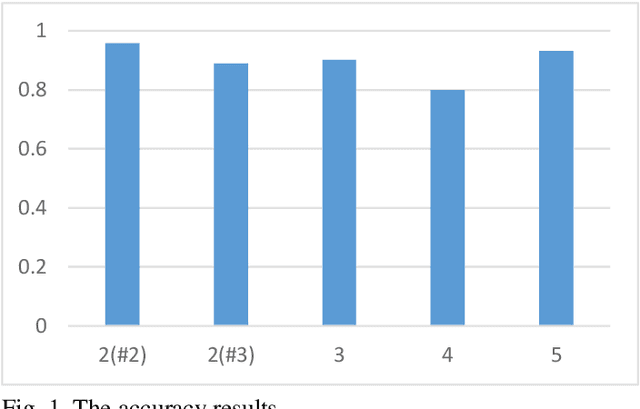
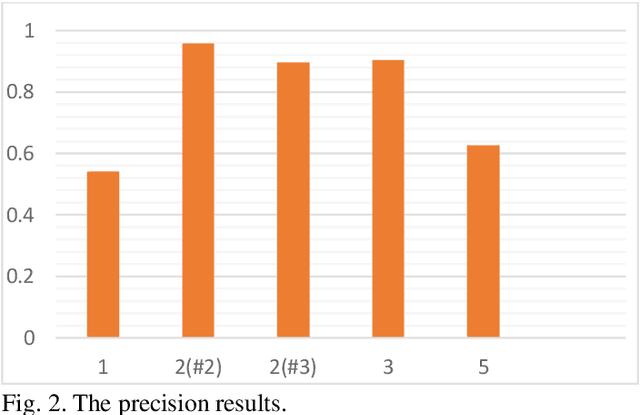
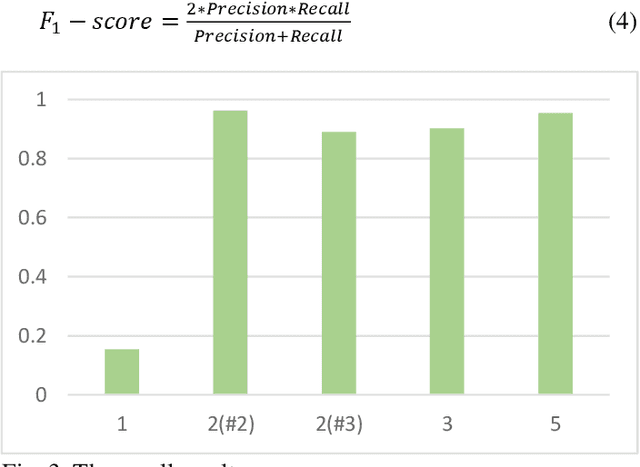
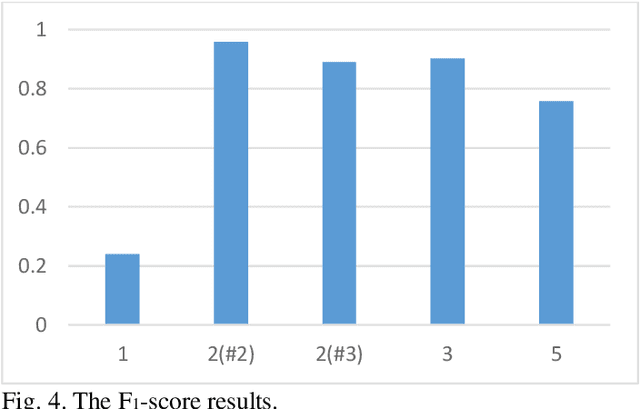
Abstract:Online traffic news web sites do not always announce traffic events in areas in real-time. There is a capability to employ text mining and machine learning techniques on the twitter stream to perform event detection, in order to develop a real-time traffic detection system. In this present survey paper, we will deliberate the current state-of-art techniques in detecting traffic events in real-time focusing on five papers [1, 2, 3, 4, 5]. Lastly, applying text mining techniques and SVM classifiers in paper [2] gave the best results (i.e. 95.75% accuracy and 95.8% F1-score).
Self-boosted Time-series Forecasting with Multi-task and Multi-view Learning
Sep 17, 2019
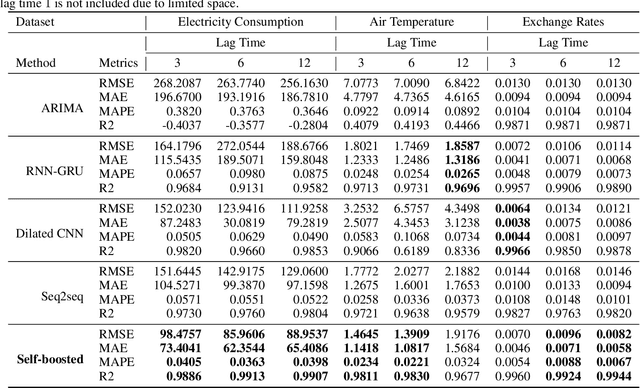


Abstract:A robust model for time series forecasting is highly important in many domains, including but not limited to financial forecast, air temperature and electricity consumption. To improve forecasting performance, traditional approaches usually require additional feature sets. However, adding more feature sets from different sources of data is not always feasible due to its accessibility limitation. In this paper, we propose a novel self-boosted mechanism in which the original time series is decomposed into multiple time series. These time series played the role of additional features in which the closely related time series group is used to feed into multi-task learning model, and the loosely related group is fed into multi-view learning part to utilize its complementary information. We use three real-world datasets to validate our model and show the superiority of our proposed method over existing state-of-the-art baseline methods.
 Add to Chrome
Add to Chrome Add to Firefox
Add to Firefox Add to Edge
Add to Edge